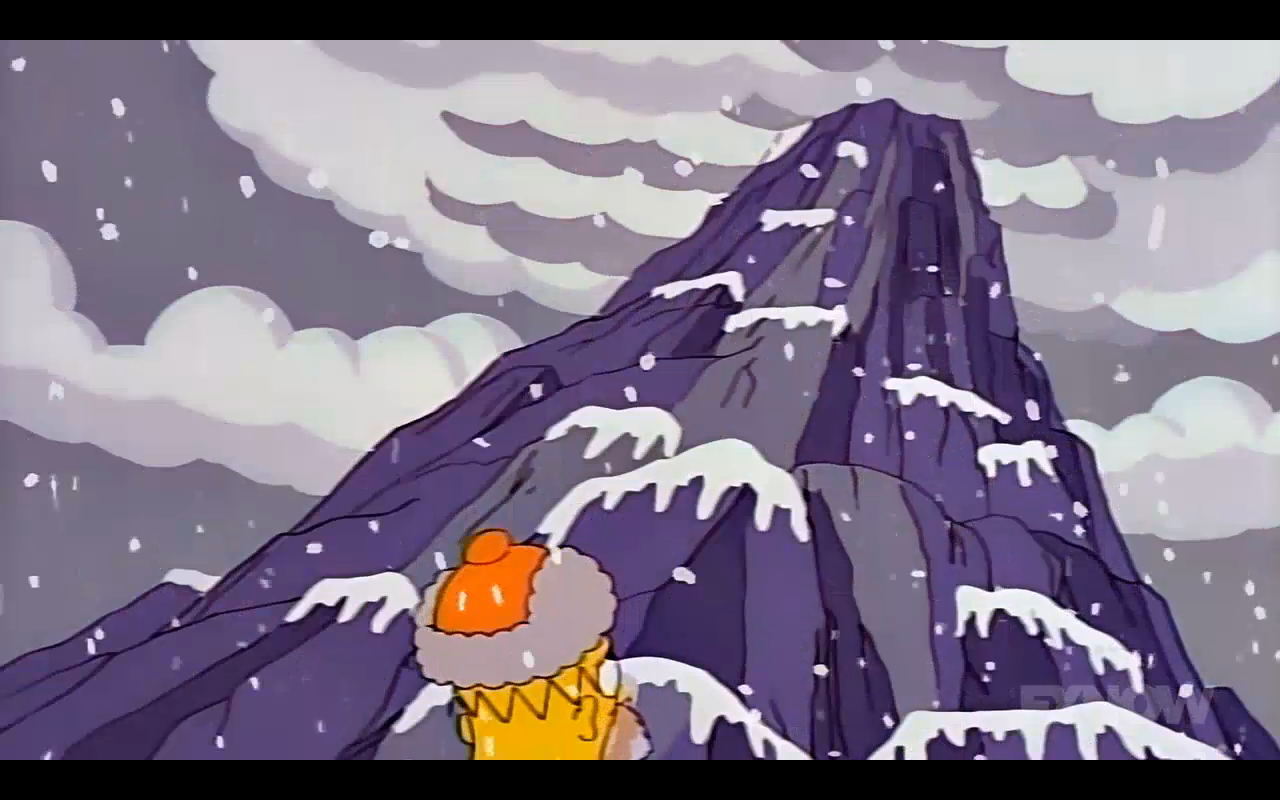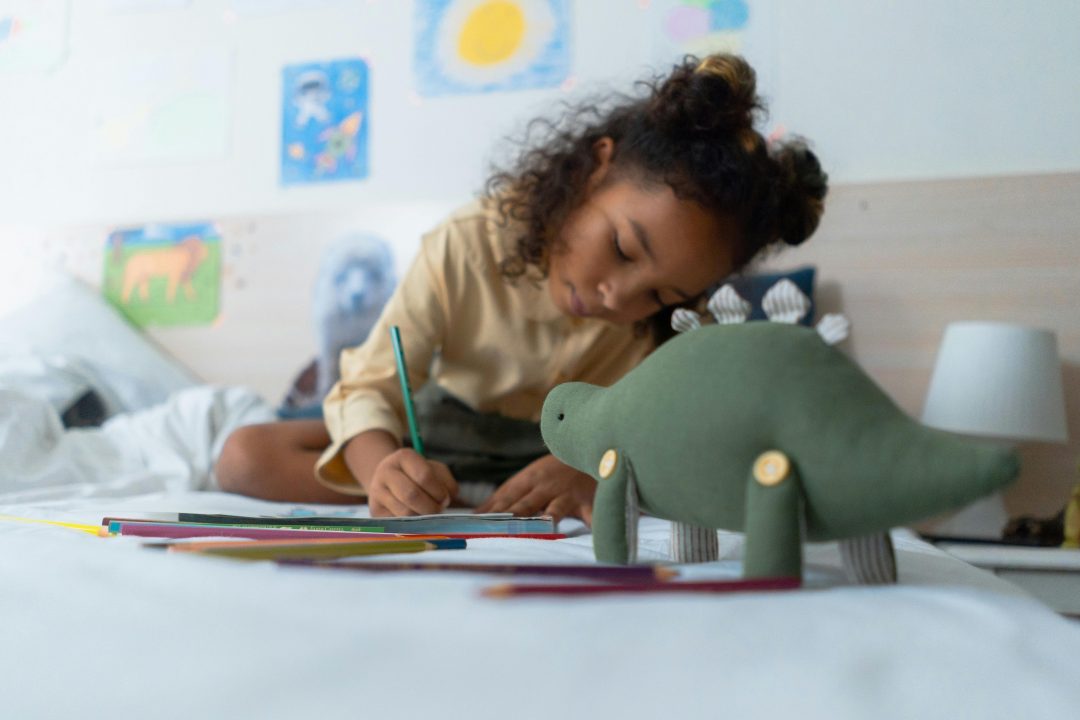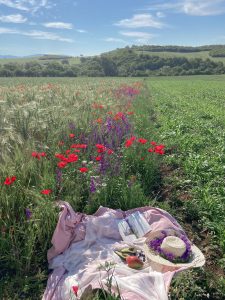As the school year draws to a close, I find myself standing at the threshold of two profound journeys: one into motherhood and another into the realm of teaching music. Packing up my classroom, filled with the laughter and learning of my grade 7/8 students, stirs a mix of emotions—excitement, nervousness, and a hint of sadness as I prepare for maternity leave.
Saying goodbye to my students is never easy. Their eager faces, the buzz of discussions, and the moments of revelation when a concept clicks—all these have filled my days with purpose and joy. Yet, as I gather lesson plans and organize materials, I find solace in knowing that while I embark on this new chapter of motherhood, the classroom will patiently await my return.
The anticipation of becoming a mother is a rollercoaster of emotions. Nervousness about the unknowns mingles with excitement for the miracle unfolding within. Will I be a good mother? How will I balance this new role with my passion for teaching? These questions linger in my mind, yet I am buoyed by the support of family, friends, and colleagues who assure me that this journey will unfold naturally.
When I return, I will begin a brand new journey as a music teacher! The prospect of teaching music brings with it a fresh canvas—a chance to introduce my students to the world of melodies, rhythms, and harmonies that have always been my passion. The notes may change, but the joy of teaching remains.
Teaching music offers a unique opportunity to inspire creativity and foster a love for expression through sound. I look forward to sharing my enthusiasm for music with my students, guiding them as they explore the intricacies of instruments, composition, and the emotional power of music itself.
As I look forward to all of these new chapters, I am grateful for the experiences that have shaped me in the homeroom classroom and look forward to what is ahead. So here’s to embracing change, to the excitement of new beginnings, and to the melodies that await us all. Although this is almost the end of my time blogging, I look forward to sharing in a different way in the future and reading the blog posts of the teachers that will come after we at Heart and Art. I am so grateful that I had this experience and await the new stories of teachers to come.





